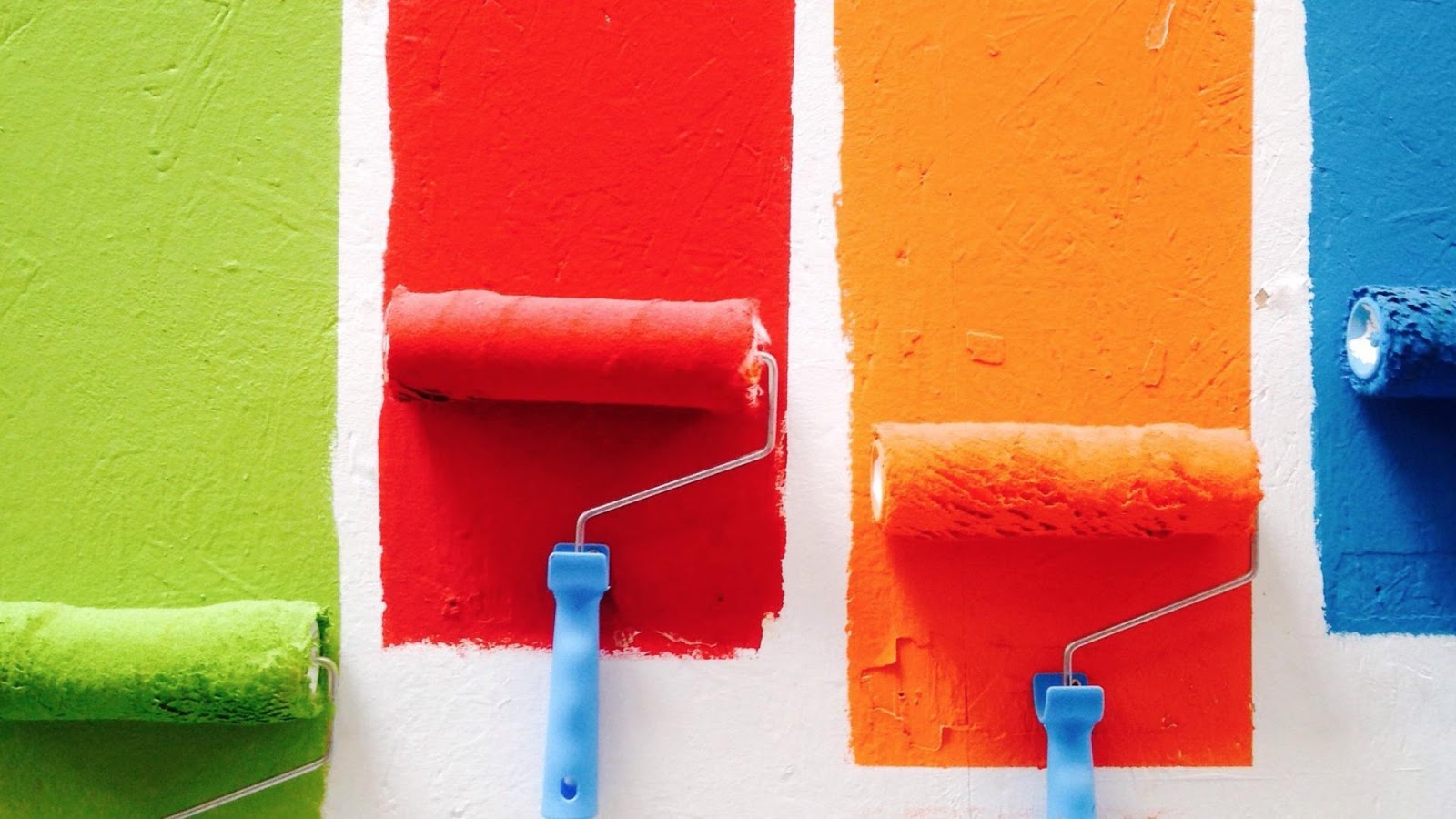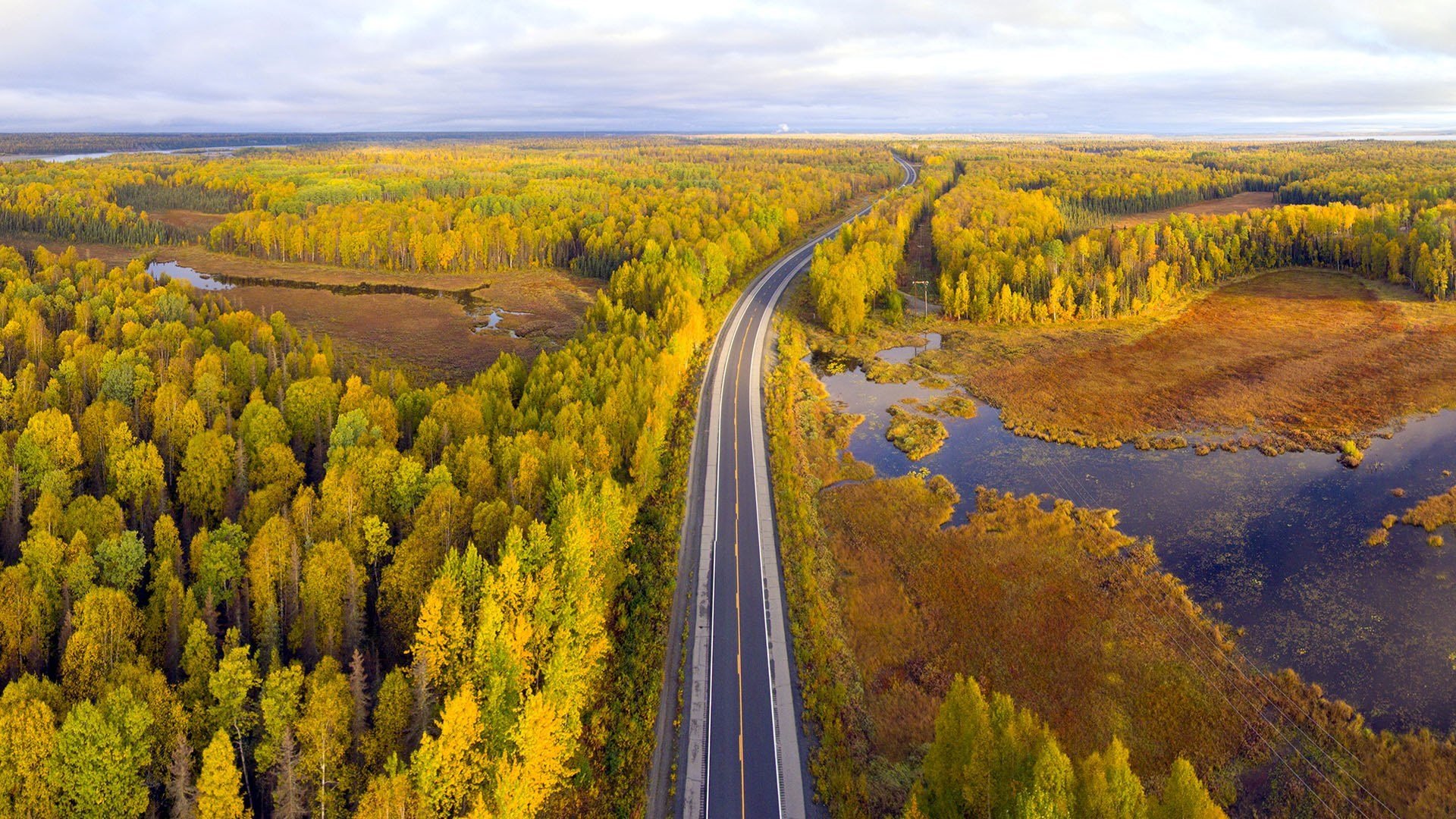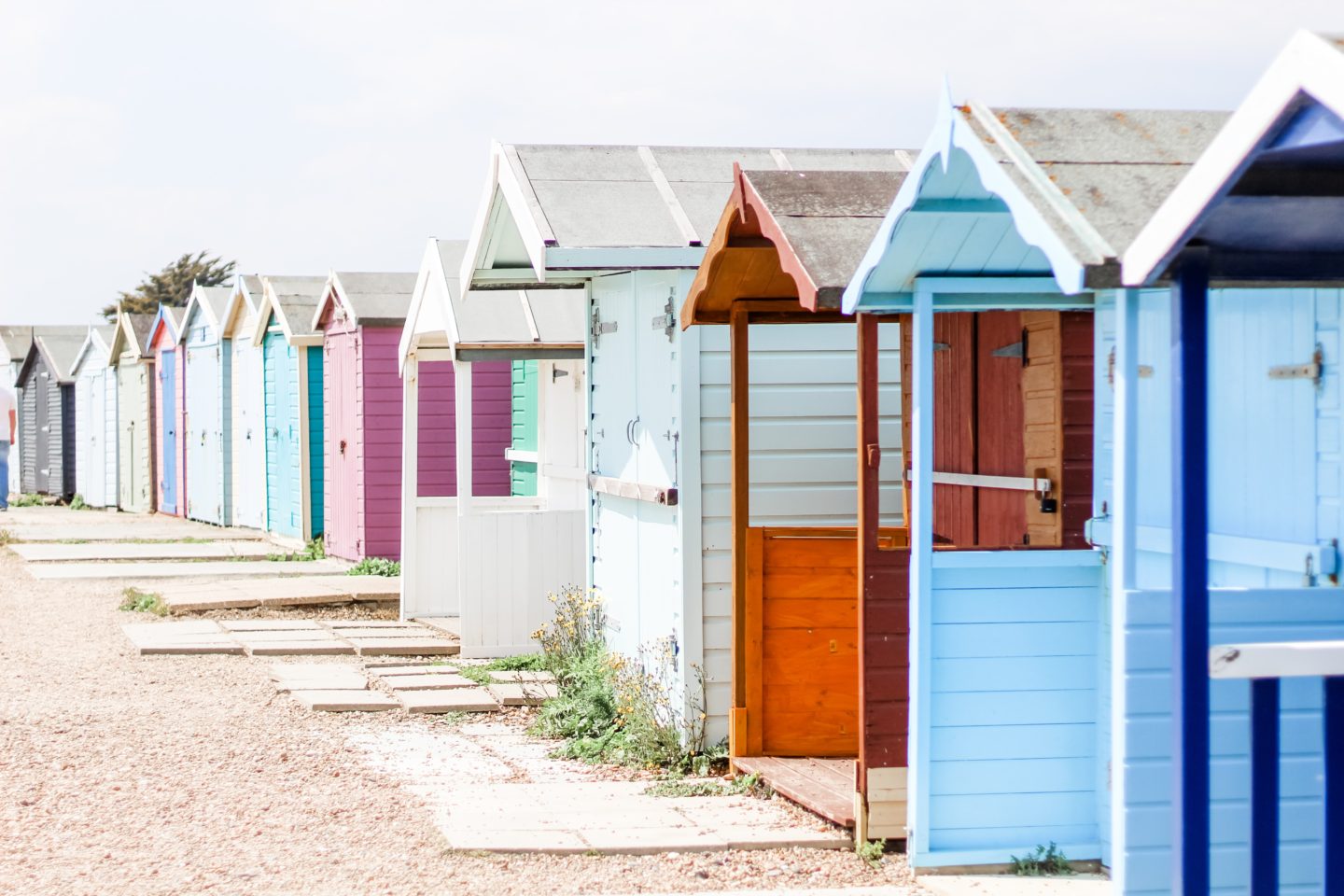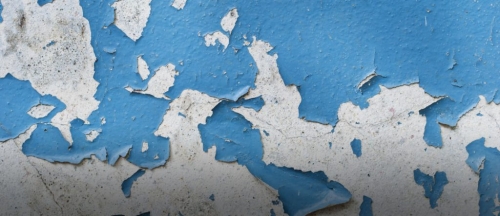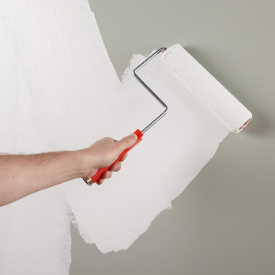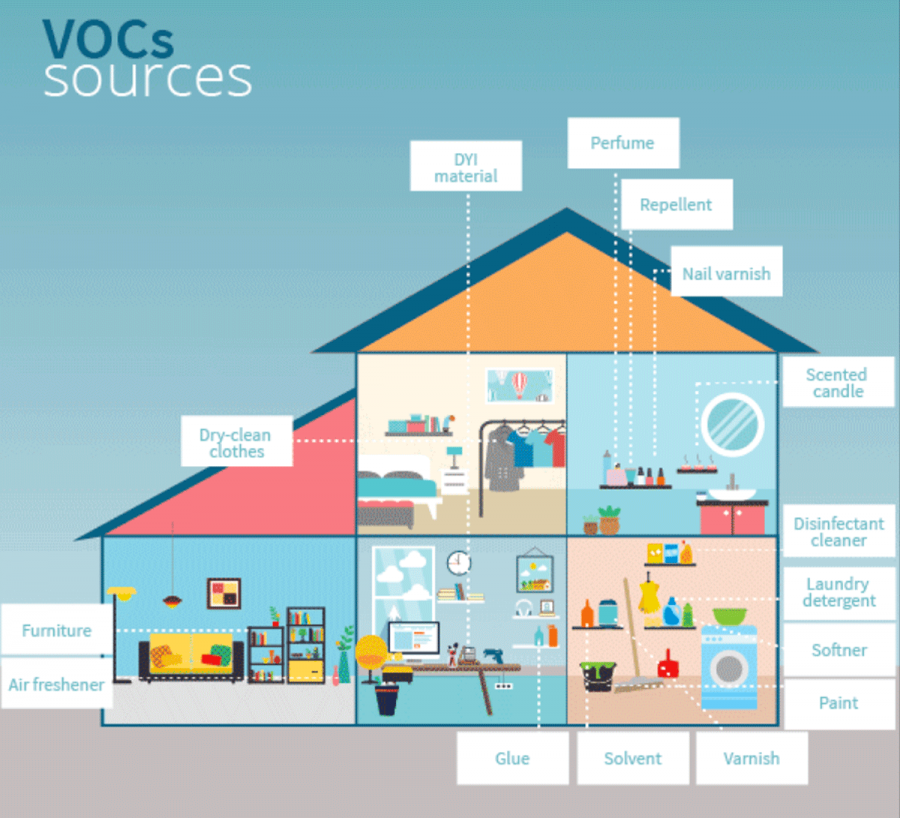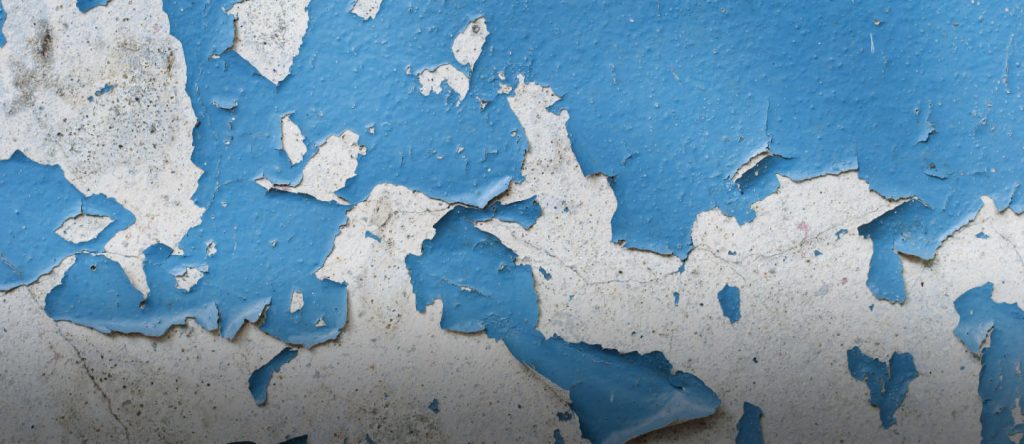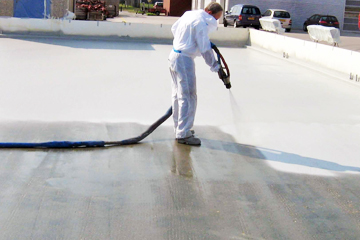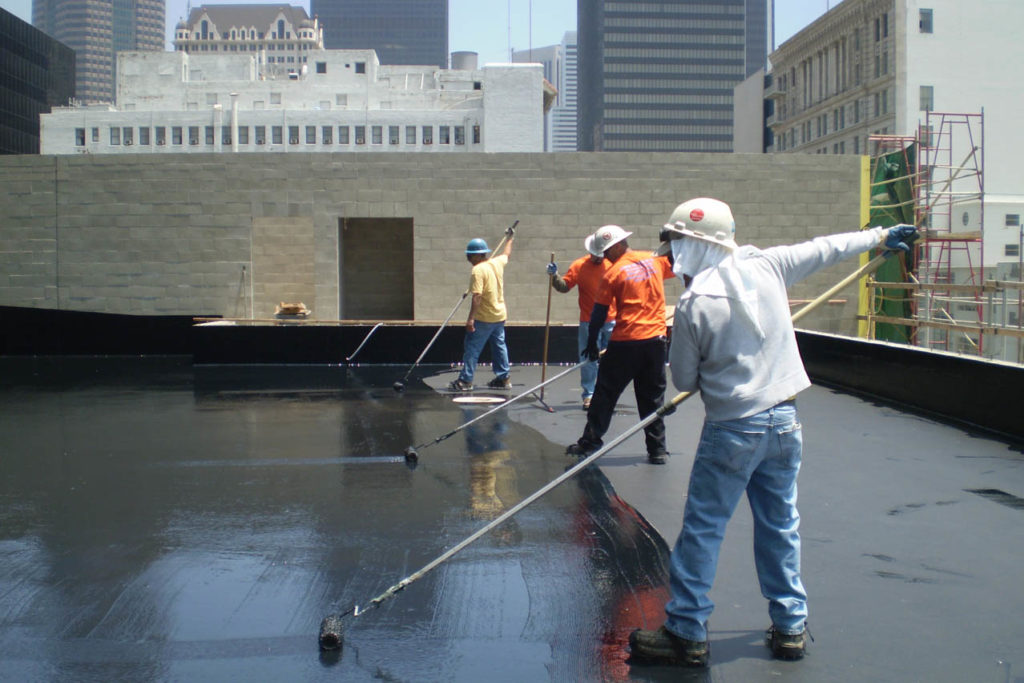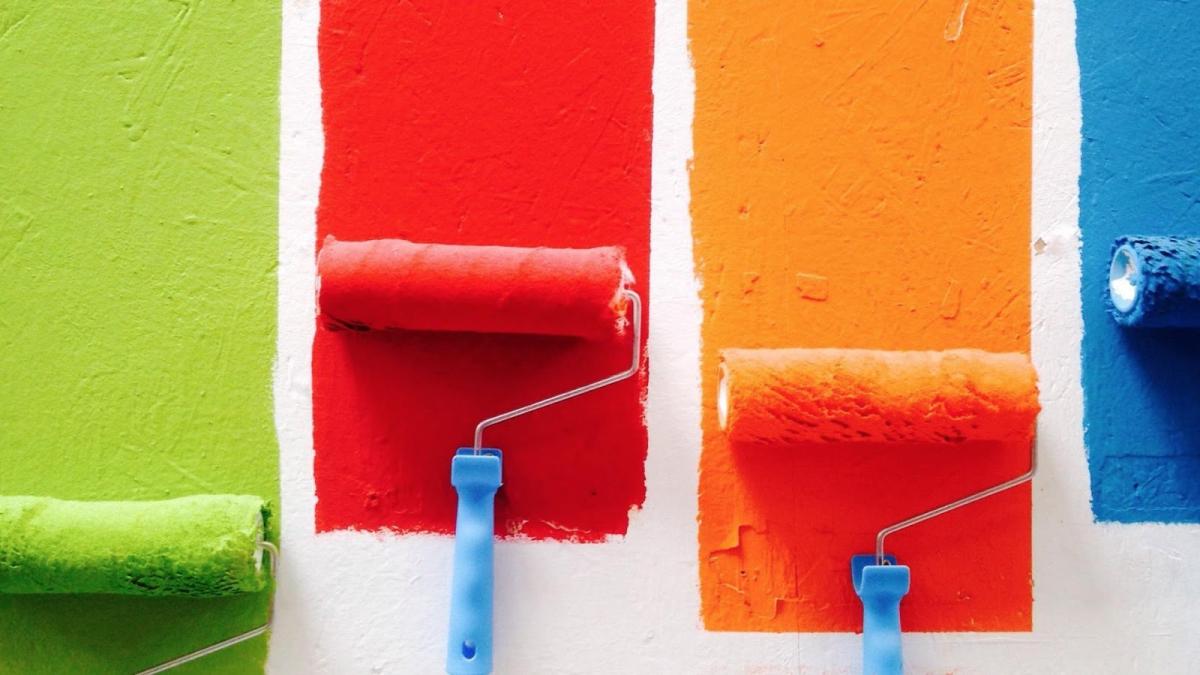Wall paint peeling: Causes and overcomes
What is wall paint peeling like?
Wall paint peeling is when the paint layer on the wall surface is separated or peeled off from the surface, causing smooth blanks, the paint layer no longer adheres firmly and evenly to the wall. When paint peels, it often creates large or small flaking pads, and the wall surface often becomes uneven in color and is not properly protected.
The phenomenon of peeling wall paint not only reduces the aesthetics of the house, but also affects the quality and protection of the wall surface. If not corrected in time, water or moisture can penetrate inside the wall surface, causing moisture problems, mold, and damage the wall surface over time.
Causes of peeling wall paint
Bad surface preparation
In order for the paint to adhere firmly and durably, the wall surface needs to be properly prepared before painting. Without removing cracks, stains, or uneven surfaces, the paint may not adhere firmly and peel off easily.
Use of inappropriate paint
Choosing a paint that is not suitable for weather conditions, location and type of wall surface can also cause paint peeling. For example, exterior paint is not an interior paint and vice versa. Make sure you choose the right paint for your intended use.
Humidity and steam
The environment with high humidity or bad isolation of the wall surface can facilitate the steam in the wall to escape through the paint. This puts pressure and causes the paint to peel off over time.
Poor adhesion
When the paint does not have a large enough adhesion, it may not adhere well to the wall surface and peel off easily.
Impact of weather
Weather can also contribute to paint peeling. Elevated temperatures, strong sunshine, rain, snow, or high humidity can adversely affect the paint layer and cause it to peel off over time.
.jpg)
Solutions to overcome peeling wall paint
Old paint removal
Before repainting, completely remove the peeling old paint. You can use tools such as copper wire brushes or steel brushes to remove old paint. If the old paint is not completely removed, the new paint will not adhere firmly and will also peel.
Wall surface preparation
Make sure the wall surface is thoroughly prepared before painting. Removes dirt, mold, and residues from the wall surface. Repair cracks or uneven surfaces by using waterproofing or crack levelers. The wall surface should be a clean, smooth and dry surface.
Use the right paint
Choose the right paint for weather conditions, location and type of wall surface. If you paint the exterior, choose high-quality exterior paint that is resistant to sun, rain and moisture. Make sure to follow the manufacturer's instructions for use for best results.
Paint evenly and in accordance with the process
Apply a new coat of paint evenly and in the right process. Make sure the paint layer has a uniform thickness over the entire wall surface. Apply the paint in successive layers, waiting for the previous coat to dry completely before applying the next.
Periodic inspection and maintenance
After painting, periodically inspect and maintain the wall surface. Perform periodic cleaning to remove dirt, mold and other residues from the wall surface.
Other news
- Health and environmental safety criteria for paint
- The effect of UV rays on exterior paint
- What you need to know about paint primers
- VOCs in the Chemical and Paint Industry
- What is Nano and Application in the Paint Industry
- Waterproofing and waterproofing measures for the house
- Waterproofing materials, use and functions of various types of waterproofing materials
- Guide to choosing the right interior paint products from Koro Paints for your décor
- How to choose the Paint for sea weather?
- What is interior primer? Criteria to choose the best primer


